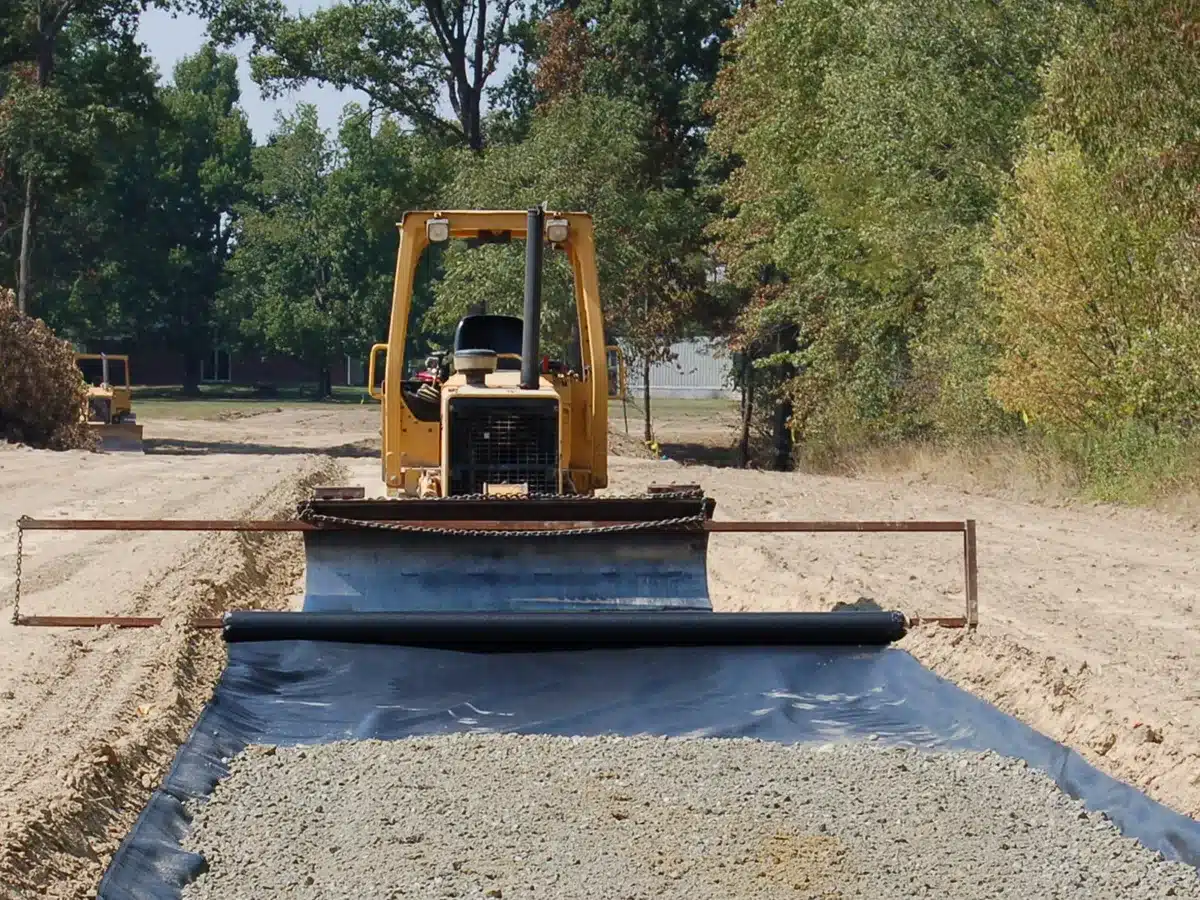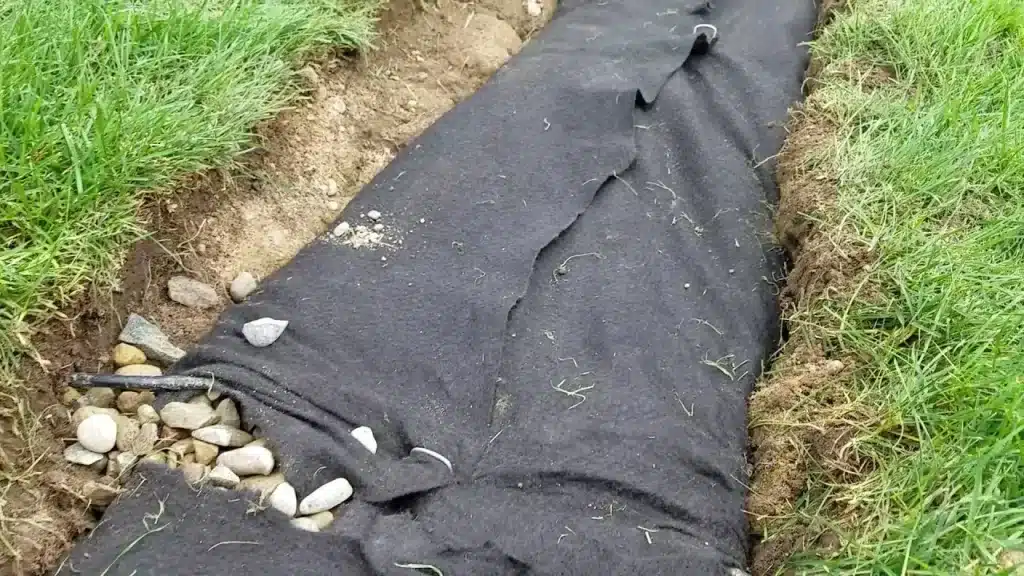+86-159 9860 6917
info@geofantex.com
geofantex@gmail.com
+86-400-8266163-44899
Geotextile, called barrier fabric, is a porous synthetic material widely used in civil engineering, agriculture, and environmental applications. This article delves into the essence of geotextile fabrics, exploring their uses, benefits, and distinguishing features. By understanding the different types of geotextiles and their properties, we can appreciate their role in sustainable development and environmental protection.
What is geotextile fabric used for?
Geotextile fabric serves a multitude of purposes, primarily in construction and environmental applications. Its primary use is to provide stability to soil and other materials by reinforcing earth, supporting construction on unstable ground, and aiding in erosion control. In landscaping, geotextiles are used to separate layers of soil, preventing the mixing of different materials, while ensuring proper water and nutrient flow. Additionally, they play a critical role in filtration and drainage systems, retaining fine particles while allowing water to pass through. This makes them essential in the construction of roads, embankments, retaining walls, and the reinforcement of sandbags used for flood control and stabilization.

What is a geotextile barrier?
A geotextile barrier refers to a type of permeable fabric specifically designed to enhance performance in filtration, separation, reinforcement, drainage, or protection. It effectively acts as a barrier that separates two layers within a built environment, preventing the intermixing of different soils and materials that could reduce structural integrity or cause erosion. These versatile barriers are crucial in preventing contaminants from seeping into protected areas, thus safeguarding groundwater and surrounding ecosystems.
What’s the difference between landscape fabric and geotextile fabric?
While both landscape fabric and geotextile fabric are used in similar applications, their specific uses and material properties differ significantly. Landscape fabric is primarily utilized as a physical barrier to suppress weeds and is installed near the soil surface. It is generally lighter and less durable than geotextile fabric. On the other hand, geotextile fabric is designed for heavier-duty applications that require durability and strength, such as soil stabilization, road construction, and drainage projects. Here, geotextiles function like drain field fabric, used as a filter to manage water flow through soil layers. Made from more robust materials, geotextiles can sustain the stresses of heavy loads and more demanding environmental conditions.
Is geotextile waterproof?
Geotextile fabric is not inherently waterproof but is highly permeable, allowing for the efficient passage of water while still providing filtration and separation of soil and other materials. This characteristic makes it ideal for drainage and filtration systems, as it retains soil particles effectively. However, certain types of geotextiles can be treated or manufactured to become water-resistant or even waterproof, depending on their intended use. For example, geomembranes are a type of geotextile that is specifically designed to be impermeable, often used in applications where water barrier properties are critical.
Geotextile fabrics, or barrier fabrics, are integral to a range of engineering, construction, and environmental projects. Their adaptability and durability make them a cornerstone in modern construction practices, particularly in projects that require erosion control, soil stabilization, and efficient water filtration. Understanding the various types of geotextiles and their applications helps in selecting the right fabric for the right application, ensuring longevity and functionality in infrastructure and environmental projects.



Get Free Sample
We’ll respond as soon as possible(within 12 hours)






















